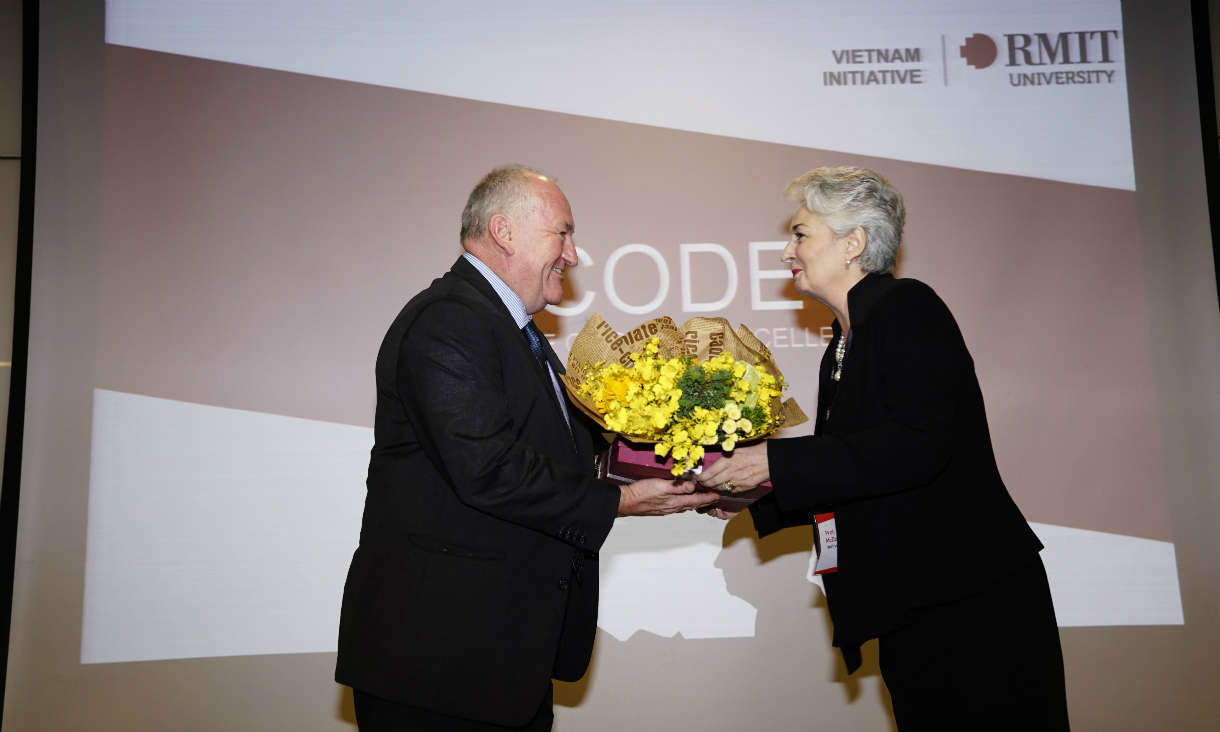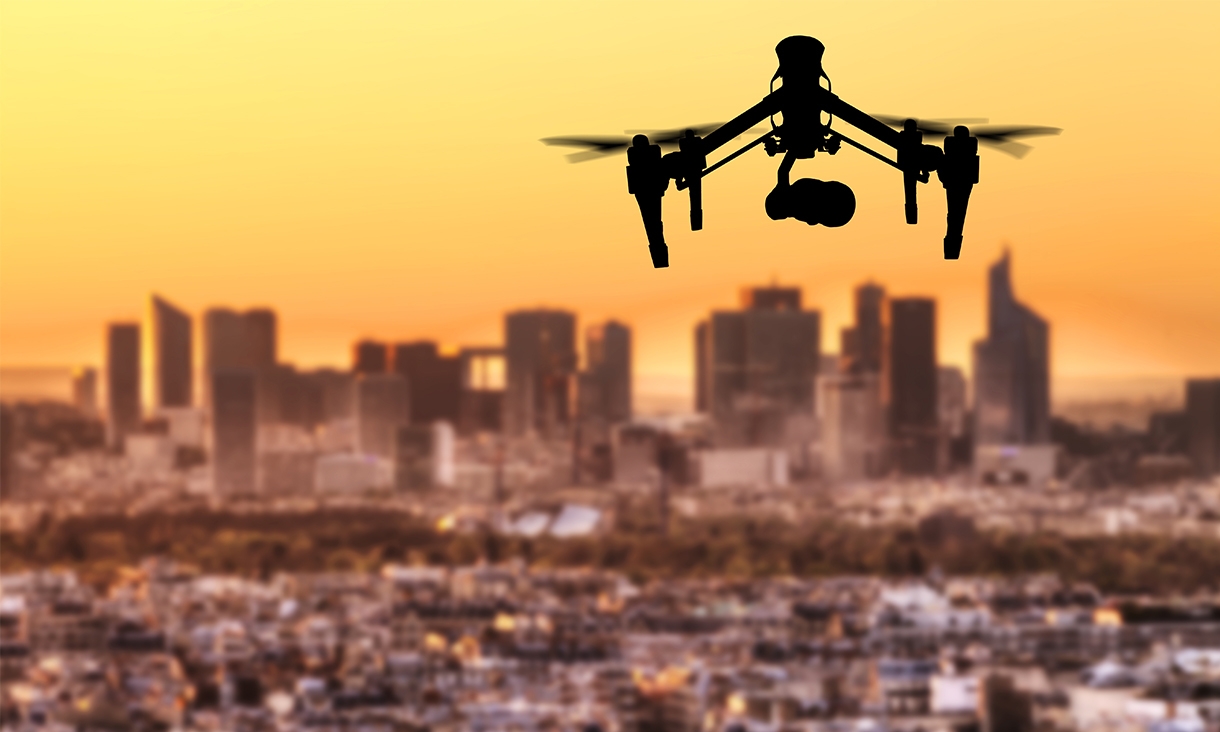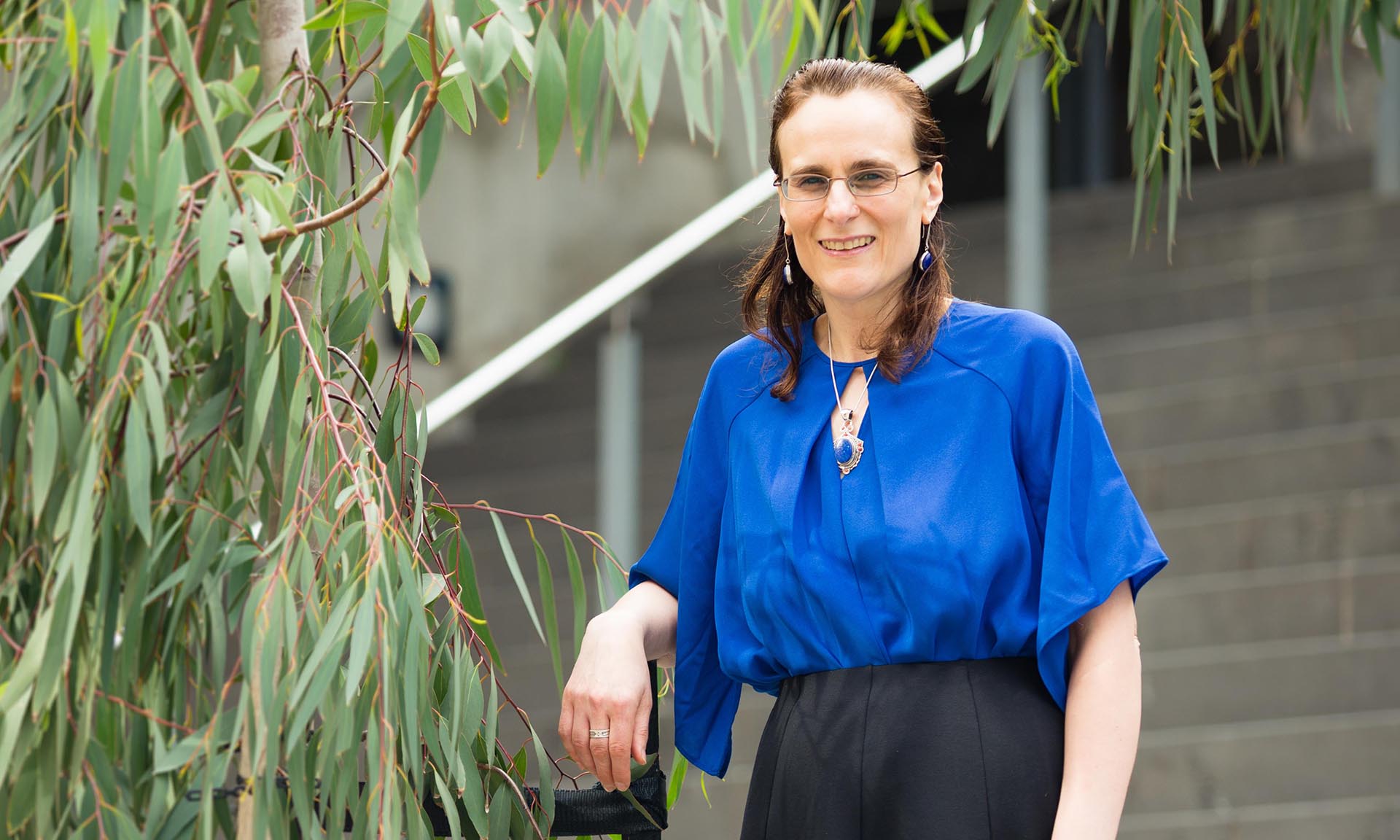Fourth year electrical and electronic engineering student Andy Klink is part of a team working with social enterprise Unbound on a solar tuk tuk, which is set to undertake a 3,000km journey from Melbourne to the Great Barrier Reef. The vehicle is set to circumnavigate the globe next year.
Klink said the electric tuk tuk had been modified with solar and a wall charger.
“It highlights our passion for sustainability. The purpose of the project is to promote sustainable transport and sustainable engineering,” he said.
“It’s definitely been the most interesting thing I have worked on during my time at university and the best learning experience in a whole bunch of different ways.
“I have learnt a lot of technical engineering things as well as project management and group management.”
Environmental engineering and environmental science student Jake Collier said he had enjoyed working on the project.
“It hasn’t been working behind a computer. We have been changing the tuk tuk, co-ordinating with our industry supervisor and our academic supervisor,” he said.
“I feel it’s much closer to what I’ll be doing when I’m working compared to projects I’ve done in the past.”
GM Holden HR Director Matthew Hough said Australian graduates were helping to spearhead future global electric and self-driving cars.
“We can expect to see more change in automotive mobility the next five years than we’ve seen in the past 50. New graduate engineers will play a vital role in bringing creativity and innovation to our journey,” he said.
“We’re here to show them the exciting work we’re doing here and globally for General Motors.”
Earlier this month RMIT announced an Australia-first partnership with global tech education leader Udacity, which will bring Silicon Valley learning on Self-Driving Cars and AI Programming to Australia.







